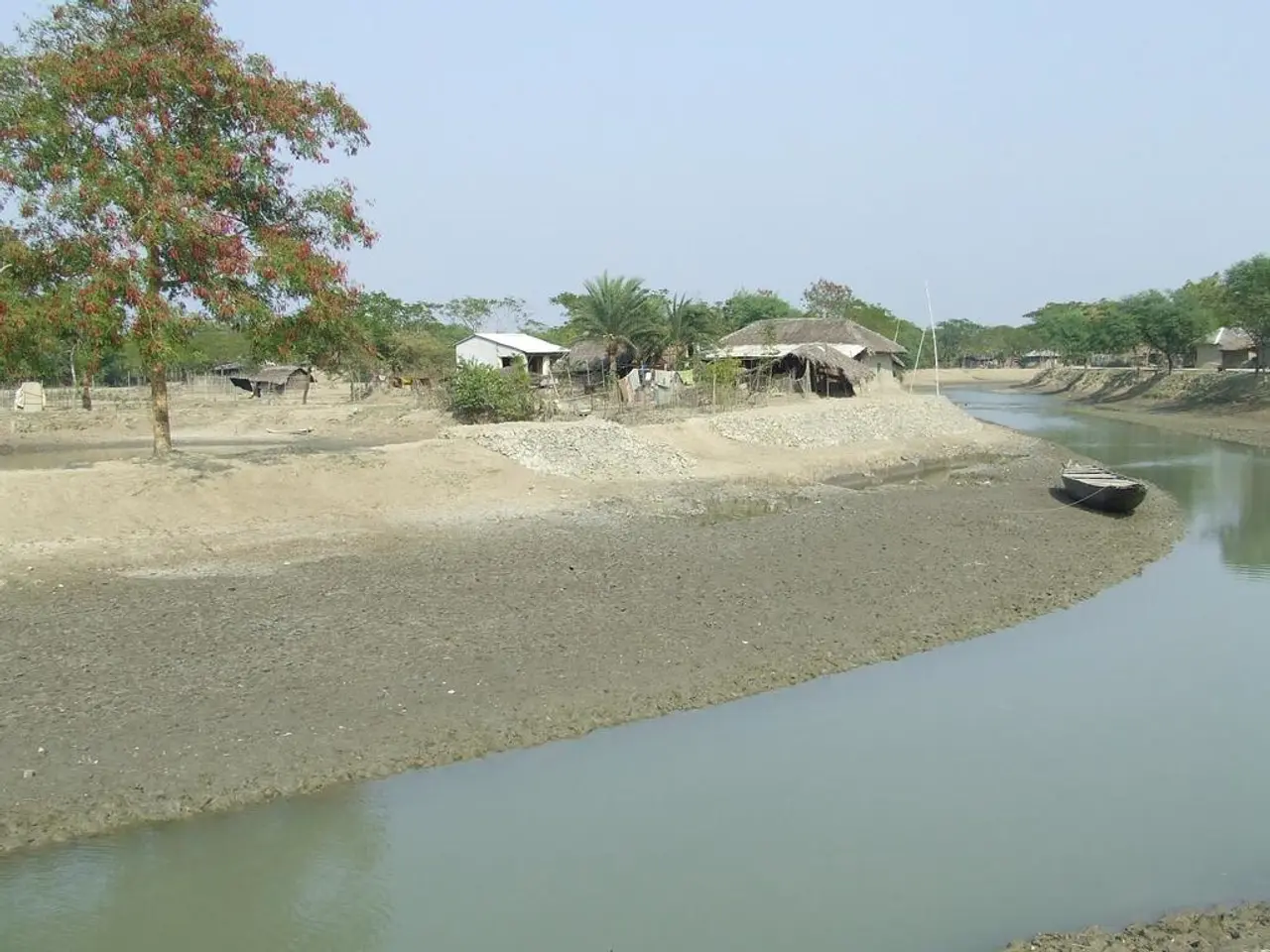Discovered Isles of Blasket: A Look into Their Forgotten Past
Great Blasket Island: A Symbol of Irish Heritage
Nestled off the Irish West Coast in County Kerry, Great Blasket Island is a place steeped in history, culture, and natural beauty. Once home to a tight-knit community of Irish-speaking farmers and fishermen, the island now stands as a testament to a way of life that has been preserved through literature and cultural institutions.
During the early 20th century, the island's population peaked at around 175, but the harsh living conditions, frequent storms, and the lure of opportunities in the United States led to a steady decline. By 1953, only 22 residents remained, and the decision was made to evacuate them due to their dwindling numbers and the lack of modern conveniences like radio, electricity, running water, shops, or craftsmen [1][2].
The evacuation marked the end of over a thousand years of human habitation on the island. The last resident, who was born in 1947, took everything with them, including furniture, household items, tools, and even the doors [3]. Today, only a few ruined farmhouses remain, and the island is home to four renovated houses that serve as guesthouses, a café, and accommodation for island guides [2].
Great Blasket Island's literary heritage is a significant part of its history. The works of local writers like Peig Sayers ("Peig"), Maurice O’Sullivan ("Twenty Years a-Growing"), and Tomás Ó Criomhthain ("The Islandman") provide a vivid account of island life and the oral storytelling and musical traditions of the Blasket Islanders [1][2][4]. "The Islandman" by Tomás Ó Criomhthain is a significant work of Irish literature and is required reading in Irish schools [5].
Nature lovers can visit Great Blasket Island, disembarking at the mini-jetty with hiking boots featuring good tread, and experience a feeling of timelessness. The island is home to one of Ireland’s largest grey seal colonies and offers a unique eco-tourism experience [2][3].
The Blasket Centre (Ionad an Bhlascaoid Mhóir) on the mainland near Dún Chaoin celebrates the island’s history, literary achievements, language, and culture, offering visitors exhibitions and educational resources [4][5]. This cultural preservation ensures that the legacy of Great Blasket Island continues to be celebrated and shared with future generations.
In summary:
- Evacuation: Last residents left in 1953 due to declining population and harsh conditions.
- Literature: Classic Irish-language books from local writers in the 1920-30s remain important cultural treasures.
- Modern Influence: The island is now unpopulated but preserved culturally through the Blasket Centre and summer use; it is also a site of natural heritage and eco-tourism.
This combination of cultural resilience and historical significance makes Great Blasket Island a unique emblem of Irish heritage [1][2][4][5].
Exploring the literary heritage, one can delve into the works of early 20th-century authors like Peig Sayers, Maurice O’Sullivan, and Tomás Ó Criomhthain, which offer insight into home-and-garden life, travel experiences, education-and-self-development, and lifestyle choices of the Blasket Islanders. Visiting the Blasket Centre on the mainland showcases the preservation of this unique home-and-garden, travel, education-and-self-development, and lifestyle history.




